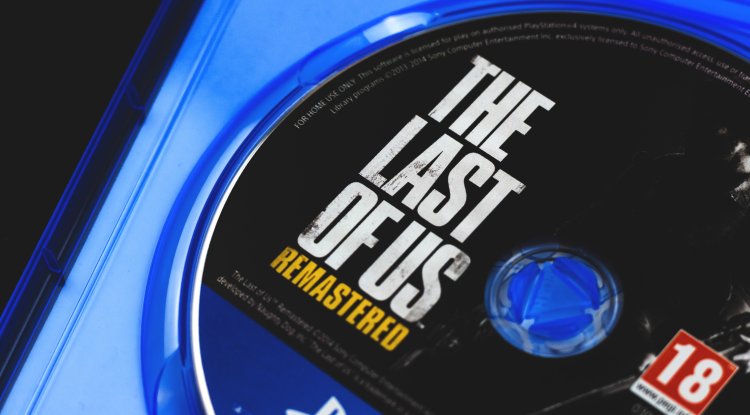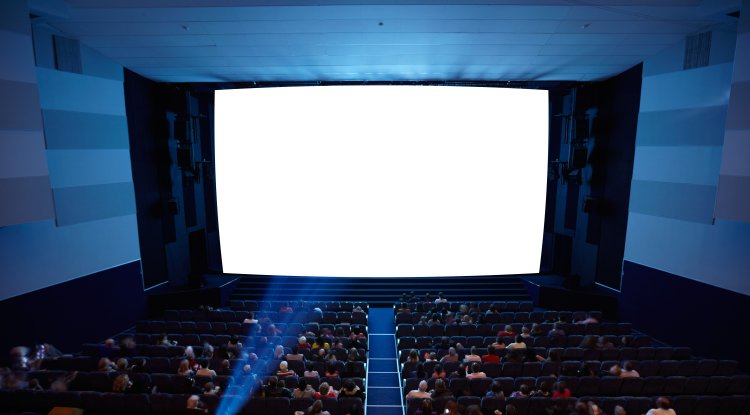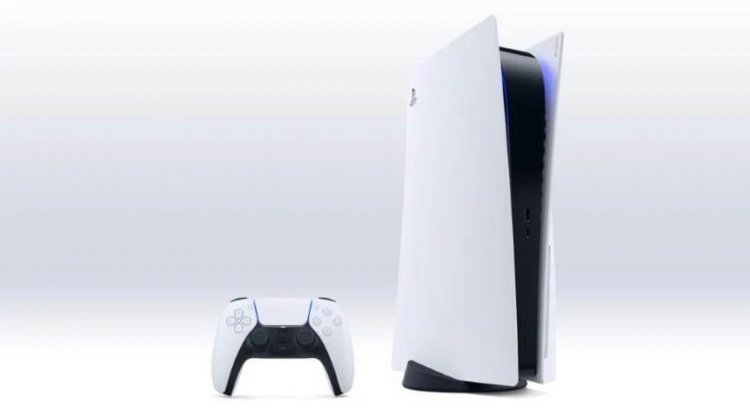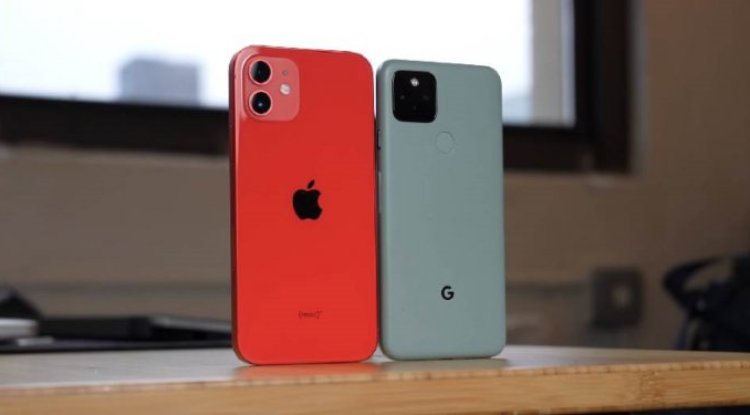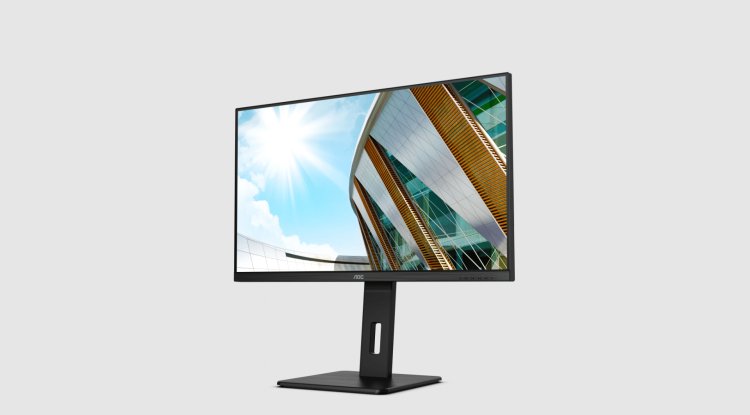FSR 2.0 Coming to Xbox Series S|X
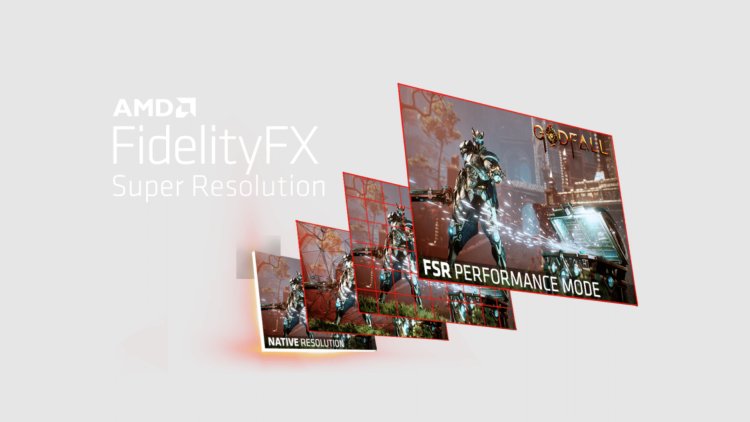
AMD's dynamic image rescaling proposals, FSR 2.0 and RSR, were released just one week ago today. Remember that the first, FSR, is implemented at the game level, requiring specific support, whereas RSR is a driver-level solution, allowing its effects to be easily applied to any title. However, the outcome will certainly differ from that provided by the exact solution for a game.
Together with technologies such as AMD's FSR 2.0, NVIDIA's DLSS, and Intel's XeSS, PC gamers are given an upgrade that allows them to get much more out of their graphics cards, allowing them to play with higher image quality, higher frame rates, and even ray tracing for more realistic lighting.
The various rescaling techniques were previously limited to the PC world. AMD has confirmed that FSR 2.0 will be fully supported on Xbox Series S|X and that developers who want to incorporate it into their games will be able to find it soon (sometime in the second quarter of this year) in the GDK (the Xbox Gaming SDK), along with all documentation required to perform such integration.
This is an intriguing step by AMD, which is committed to broadening the scope of FSR 2.0. AMD has chosen to make it open source for this purpose, and it will support DirectX 12, Vulkan, and Unreal Engine. This also creates an unusual situation in which NVIDIA graphics card users will be able to benefit from the advantages afforded by FSR 2.0 in games that utilize this technology.
Maximum FSR 2.0 rescaling per graphics card
AMDNVIDIA 4K Radeon RX 6700 XT
Radeon RT 5700
and aboveGeForce RTX 3070
GeForce RTX 3070
and above1440P Radeon RX 6600
Radeon RX 5600
Radeon RX Vega Series
and aboveGeForce RTX 3060
GeForce RTX 2060
GeForce GTX 1080
and above1080P Radeon 6500 XT
Radeon RX 590
and aboveGeForce GTX 16 Series
GeForce GTX 1070
and above
And where is the Xbox Series S | X graphics chip? Very good question, because we're talking about a technology designed specifically for the Microsoft console, which doesn't have a direct equivalent in AMD graphics adapters. However, even though the new generation of consoles was still a few months away, we conducted a study of its characteristics in order to determine the equivalents of both Microsoft and Sony.
And the conclusion was this: "If we put all of this into context, the conclusion is clear: the Xbox Series X GPU should be more or less at the level of an RTX 2070, a graphics card that, remember, is only a little slower than an RX 5700 XT, with the notable exception that it will have fewer graphics memory available (5.5 GB compared to 8 GB, as is the case with the PS5 GPU) ".
Mode Rescaling factor input resolution output resolution Quality 1.5x per dimension (2.25x area scale and 67% screen resolution) 1280x720 1706x960
2293x960
2560x14401920x1080 2560x1440
3440x1440 3840x2160Balanced 1.7x per dimension (2.89x area scale and 59% screen resolution) 1129x635
1506x847
2024x847
2259x12701920x1080 2560x1440
3440x1440 3840x2160Performance 2x per dimension (4x area scale and 50% screen resolution) 960x540
1280x720
1720x720
1920x10801920x1080 2560x1440
3440x1440 3840x2160super performance 3x per dimension (9x area scale and 33% screen resolution) 640x360
854x480 1147x480 1280x7201920x1080 2560x1440
3440x1440 3840x2160
So, while we wait to see and evaluate FSR 2.0 in action, AMD appears to have done a good job. Making FSR 2.0 available on Xbox looks like a triumph to me. Now we must wait to see how well it is received by developers, which will be directly proportional to the complexity of the procedure for its implementation. And if they have done their homework in this area, then we are undoubtedly talking about fantastic news for those who have chosen Microsoft's new generation.












